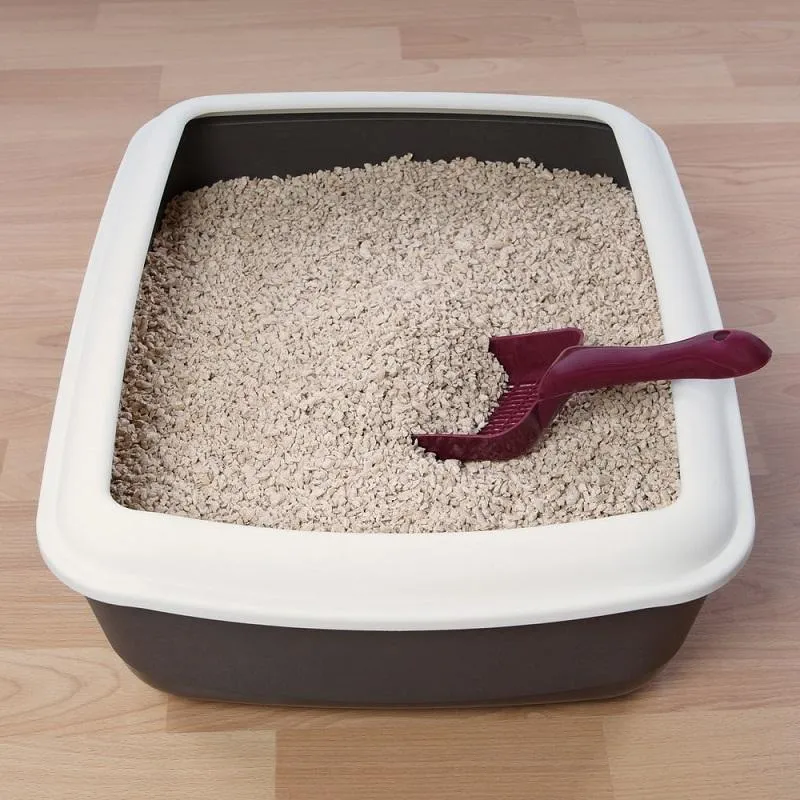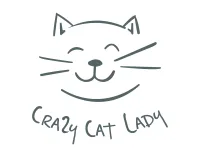
Welcome to our new weekly blog!
If you would like us to cover any particular topic, then feel free to email us at
using the subject line "BLOG"

The Scoop on Cat Litter
The Scoop on Cat Litter:
Exploring Different Types for Your Feline Friend
As a cat owner, one of the essential items on your shopping list is cat litter. With so many options available on the market today, it can be overwhelming to choose the right type for your feline friend. Different cat litters offer various benefits, and understanding their features can help you make an informed decision. In this blog post, we delve into the different types of cat litter, highlighting their pros and cons to assist you in finding the perfect match for your furry companion.

Clay Cat Litter:
Clay cat litter is one of the most common and traditional options available. It's typically made from bentonite clay, known for its excellent absorbency. Here are some key points to consider:
Pros:
High absorbency, reducing odours and moisture.
Easy to find and cost-effective.
Forms clumps, making scooping and cleaning hassle-free.
Cons:
Dusty composition, which can be messy and may cause respiratory issues.
Non-biodegradable and not environmentally friendly.
May require more frequent complete box changes due to clumps breaking apart.
Silica Gel Cat Litter:
Silica gel cat litter is composed of silica dioxide, which absorbs moisture effectively. Here's what you need to know:
Pros:
Superb absorbency, controlling odours efficiently.
Lightweight and produces minimal dust.
Less frequent litter box changes needed.
Cons:
Some cats may not like the texture of silica gel crystals.
Can be more expensive compared to other types.
Not biodegradable and requires proper disposal.
Biodegradable Cat Litter: (My personal favourite! - We use Cat's Best Okoplus!)
For environmentally conscious cat owners, biodegradable cat litter offers a sustainable option. Common materials used include recycled paper, wood shavings, or plant-based ingredients.
Pros:
Eco-friendly and can often be composted (and sometimes flushed).
Available in various textures and materials to suit different cat preferences.
Reduced dust levels compared to clay litters.
Cons:
May require more frequent changing due to lower absorbency.
Some biodegradable litters may track easily.
Prices can vary depending on the brand and type.
Crystal Cat Litter:
Crystal cat litter consists of silica gel crystals or other absorbent materials. It offers unique features that may be beneficial for certain cat owners:
Pros:
Exceptional odour control, keeping your home smelling fresh.
Long-lasting, as the crystals can last for weeks before needing a complete change.
Minimal dust and low tracking.
Cons:
Some cats may find the texture uncomfortable.
Can be more expensive compared to other options.
Not biodegradable and requires proper disposal.
Wood Cat Litter:
Wood cat litter is an all-natural cat litter usually made out of cedar or pine wood.
Compared to clay-based litter, wood litter has large granules made from compressed wood materials that break down into sawdust when wet.
Pros:
All natural litter
Lighter in weight than clay litter
No additional scents or chemicals
Crumbles into sawdust after absorbing liquid
Cons:
Slightly more expensive than cheaper clay litter
Some cats can be allergic
Not all cats like the natural scent of pine
Cats can breathe in wood dust, inhaling some small particles, which can lead to discomfort
Choosing the right cat litter is an important decision that can contribute to your cat's comfort and hygiene. Consider your cat's preferences, your budget, and any environmental concerns when making your selection. Clay litters provides reliable performance at an affordable price, while silica gel and crystal litters offer excellent odor control and longevity. If sustainability is a priority, opt for biodegradable options. Ultimately, finding the perfect cat litter involves experimenting with different types and observing how your feline friend responds. By selecting the most suitable cat litter, you'll ensure a clean and pleasant environment for both you and your beloved cat.
*Please Note: “As an Amazon Associate, I may earn from any qualifying purchases made on this blog.”
